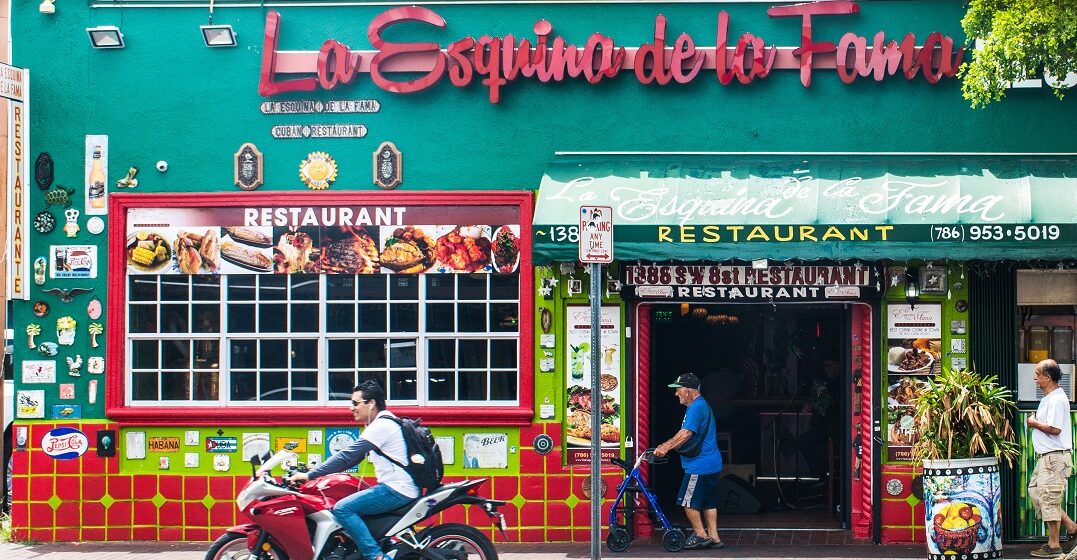Hispanic heritage month: Facts you should know
Published on August 8, 2023
National Hispanic Heritage Month in the United States is observed every year from September 15 to October 15. Since 1968, this month has been a national celebration of the rich culture, history and achievements of people from Mexico, Central America, South America, the Caribbean and Spain.
The US has a long history of political and economic influence in Latin America. Did you know that large areas of what is today US land once belonged to Mexico? The Treaty of Guadalupe Hidalgo in 1848 ceded more than 50% of Mexico’s territory to the US — land which now forms 10 current US states.
If you think that bit of history is interesting, keep reading to learn more Hispanic Heritage Month facts and discover some activities you might enjoy this month.
In 1968, US President Lyndon B. Johnson designated the week of September 15 as National Hispanic Heritage Week. This declaration came on the cusp of major strides in the US labor movement and followed a moving speech by the president on Labor Day, in which he extolled progress and the human dignity of American workers.
In 1988, President Ronald Reagan expanded the celebration to a full month.
Hispanic Heritage Month doesn’t just mark an important time for celebration and reflection in the US. It also coincides with the following significant events throughout Latin America:
Hispanic Heritage Month is a celebration of the history and culture of US Latin American and Hispanic communities. From land to language to food to traditions, communities from multiple Latin American cultures have shaped major parts of US life. During Hispanic Heritage Month, we celebrate how those strong communities have influenced and contributed to American society.
“Hispanic” refers to someone who is from (or whose relatives or ancestors are from) a Spanish-speaking country and is inclusive of Spain.
The term Latine refers to someone who is from or descends from a Latin American country, not including Spain.
A person from Spain is Hispanic but not Latine as they do not trace their roots to Latin America. A person from Brazil, on the other hand, is Latine but may not speak Spanish.
The theme for Hispanic Heritage Month in 2023 is “Latinos: Driving Prosperity, Power and Progress in America.” This theme recognizes the significant impact of Hispanic people on the economic, political and social growth of the US as a nation.
Many official Hispanic Heritage Month activities will occur around the country. Different cities will organize parades, concerts, art exhibits and more. Here is a video of national events in 2022.
If you are interested in learning more about Hispanic and Latine people, you can do a lot on your own! You may even consider traveling to significant places that honor Latin American heritage during this month. If that is out of your reach, though, here are some other suggestions on what you could do:
People of Hispanic and Latin American heritage (like me and my family) have shaped the modern United States. Now that you also know some facts about Hispanic Heritage Month, you can celebrate the culture and accomplishments of Latine people along with us. Learning Spanish is the most fundamental way to start, in my humble opinion. Fluency in Spanish has opened doors for me and enriched my life for over three decades. Even if you don’t have Spanish-speaking family or Latin traditions in your home like I do, I am confident that learning about Latin American cultures will bring both joy and success to your daily life, the way it does to mine.
